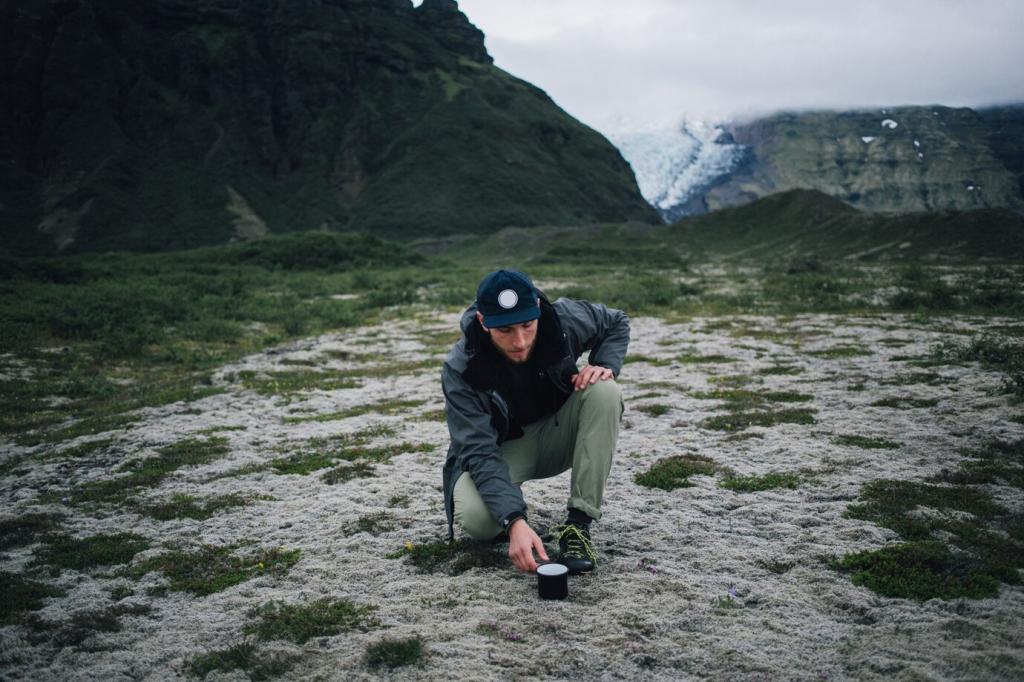Reading the Sky: Seasonal Mountain Weather Fundamentals
Cold-air pools, chinook winds, and afternoon convective storms can rewrite your day in minutes. Watch cloud growth rates, wind direction changes, and temperature swings at saddles and passes. These signals often precede forecast updates, giving you decisive minutes to adapt.
Reading the Sky: Seasonal Mountain Weather Fundamentals
Blend regional forecasts with point-specific models for your exact elevation and aspect. Cross-check hourly radar trends, avalanche center discussions, and trailhead mesonet stations. Download offline weather layers, and comment with your favorite apps so others can refine their seasonal toolkit.






